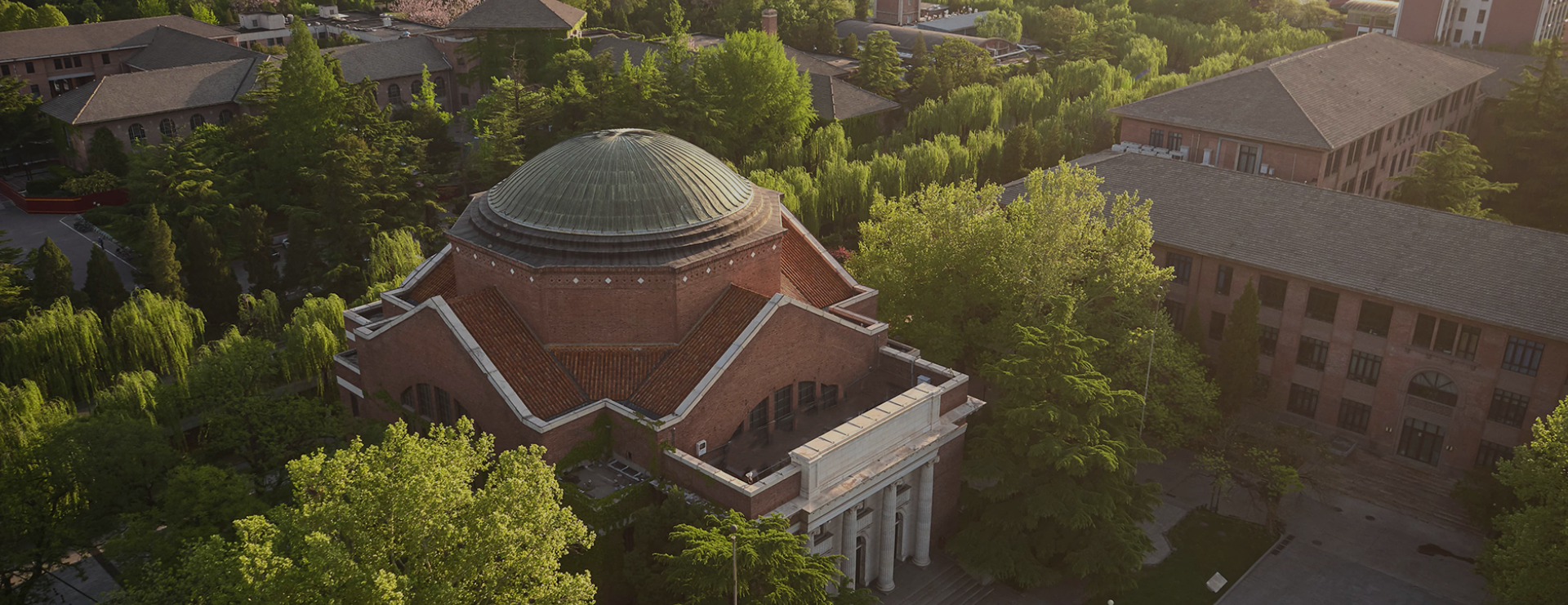Chinese government officials and international experts have always been at loggerheads about the COVID-19 situation in the world’s most populated country. But now they have changed positions.
For more than a year, international experts and non-Chinese businesses have been criticizing Beijing’s stringent controls, including the use of lockdowns, transportation blockades and mass testing that slowed the economy and disrupted global supply chains.
The controls appeared excessive in a country that has acknowledged just 5,242 COVID-related deaths compared with the loss of 1.1 million people in the U.S. and 530,000 in India.
For their part, Chinese experts defended the restrictions, saying the threat from the virus was still real and people’s lives must be defended at all costs.
The situation has now reversed. China has lifted most restrictions and watered down the few that remain. Officials there are defending the decision to ease restrictions, but some international experts are asking if Beijing is taking a major risk.
The policy shift is most evident in statements by Dr. Liang Wannian, the architect of China’s zero-COVID policy. He defended the restrictions in October saying China "cannot tolerate" a wave of mass infections. His recent judgment: "The virus is much more mild now."
Abrupt change
Few expected such an abrupt about-face from the government led by President Xi Jinping, whose officials were defending the restrictions until a few days before they were lifted in two stages.
The country was rocked by a series of protests in November and early December before the government relaxed the controls. It is extremely rare for the government to give in to protests, which are generally not tolerated in the communist system.
"China’s move to essentially abandon its zero-COVID policy is surprising,” said Daniel Pickard, chairperson of the International Trade and National Security Practice Group, Buchanan Ingersoll and Rooney.
“While many doubted that such a program could actually work, the truly noteworthy development is the reversal of the Chinese government policy and the possible loss of face for Xi,” he told VOA.
A senior official of the World Health Organization recently addressed the issue of perception concerning the COVID situation in China amid reports of a surge of new cases in the country.
“There’s a narrative at the moment that China lifted the restrictions and all of a sudden the disease is out of control,” said Mike Ryan, executive director of the WHO’s health emergencies program, at a news conference. “The disease was spreading intensively because I believe the control measures in themselves were not stopping the disease. And I believe China decided strategically that was not the best option anymore.”
Deluge of cases expected
China reported seven deaths due to COVID-19 on Monday and Tuesday. Chinese officials are trying to show that the situation is under control. But alarm bells are ringing elsewhere with several independent experts predicting a deluge of cases in China in the coming months.
China’s COVID-19 death toll could spike to more than 322,000 by April, according to one projection made by the Institute for Health Metrics and Evaluation (IHME), a global health research institute at the University of Washington in Seattle.
“However, the way we look at it, it’s very likely that the next few months are going to be quite challenging for China,” IHME director Christopher Murray said in a video statement in early December. “The populations at greatest risk in the world are those that have avoided a lot of transmission and have gaps in vaccination. And that’s exactly the case for China.”
'A threat for people everywhere'
Speaking on Monday, U.S. State Department spokesperson Ned Price said the potential for the virus to mutate as it spreads in China is "a threat for people everywhere."
Feng Zijian, a former deputy chief at China’s Centers for Disease Control and Prevention, has gone several steps ahead predicting that 80% to 90% of the Chinese population may eventually be infected with the virus.
“It’s going to be inevitable for most of us to get infected once, regardless of how the COVID-fighting measures are adjusted,” Feng said Tuesday at an online meeting held by the Tsinghua University in Beijing.
On the other hand, Chinese officials are saying that the intensity of the disease has weakened and that it is much less likely to cause fatalities than in the past.
Wang Guiqiang, director of the infectious diseases department at Peking University First Hospital, said Wednesday that the pathogenic rate of the omicron strain, which is the current strain of COVID-19, is much lower as compared to the earlier versions.
Xu Wenbo, an official with the Chinese Center for Disease Control and Prevention, told reporters new mutations would occur but played down concerns.
"New strains' immune escape ability becomes stronger, more contagious," Xu said. "But the possibility of them becoming more lethal is low. The possibility of strains that are more contagious and more pathogenic is even lower."
The Chinese government appears to be in no mood to roll back the decision to ease restrictions, but it has mounted a nationwide drive to bolster health facilities. Across China, provincial and city governments are scrambling to install hospital beds and build fever screening clinics.
Editor: Guo Lili

